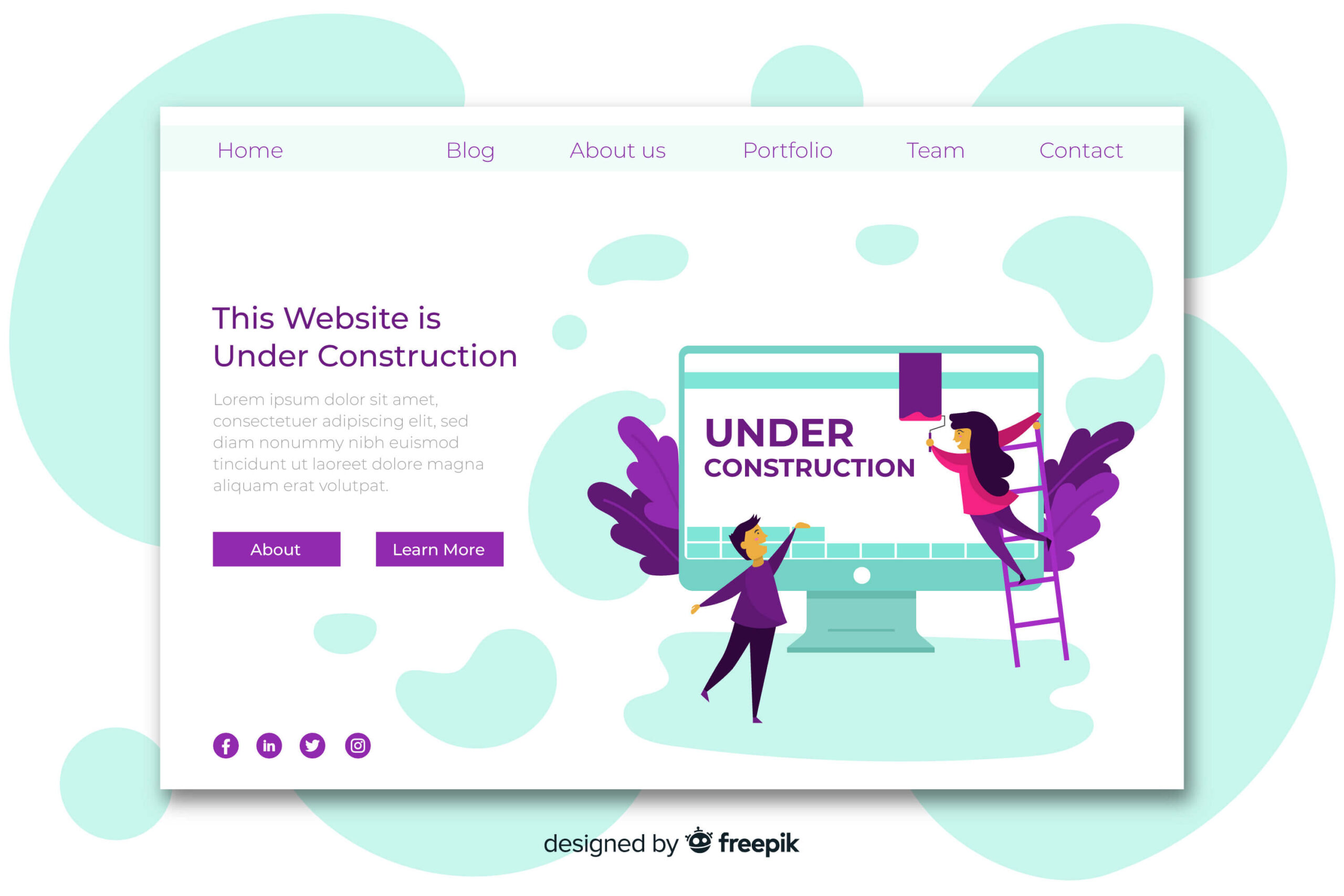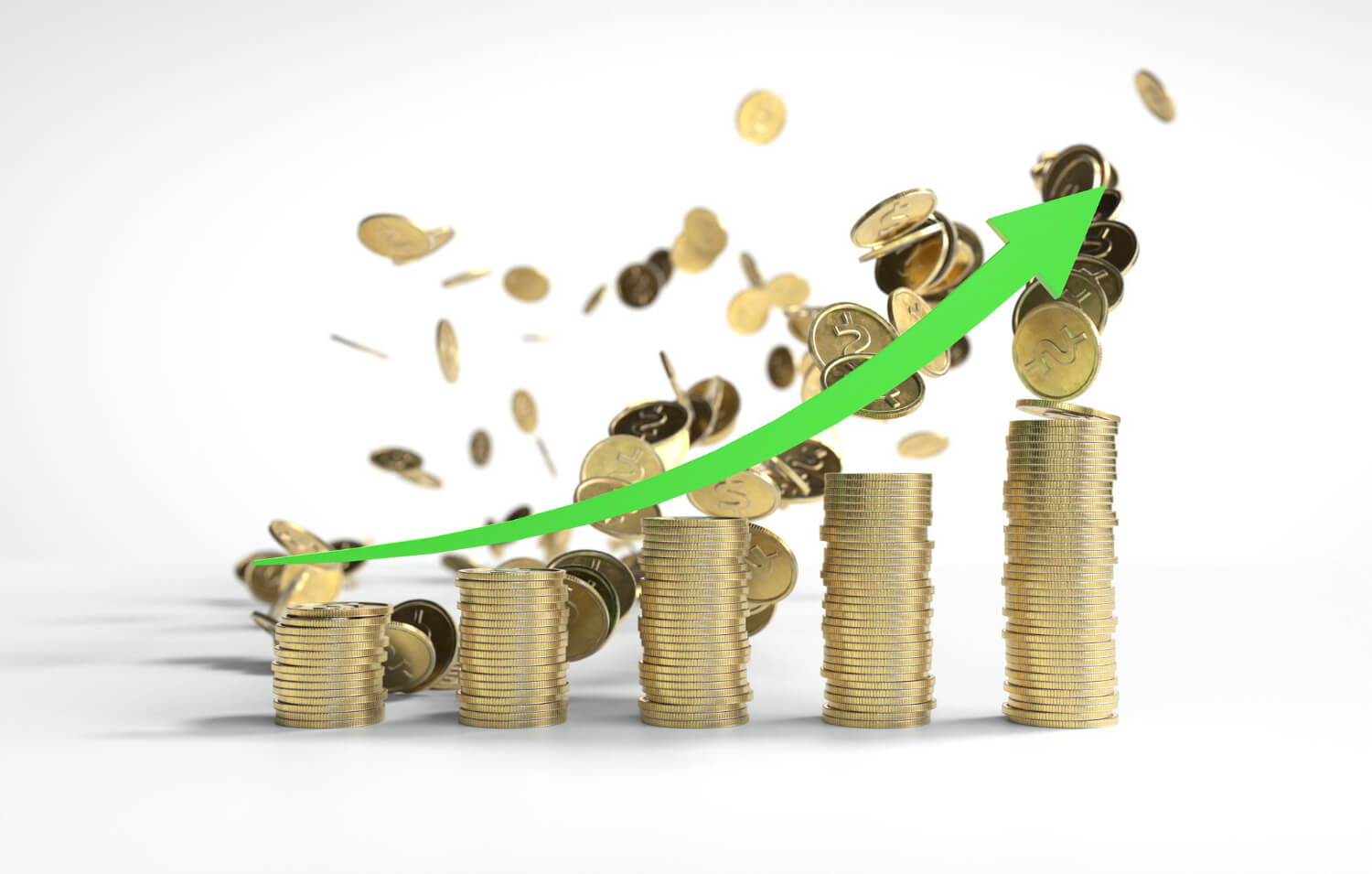Imagine this: You’ve invested time, money, and effort into attracting visitors to your website. You’ve perfected your ads, optimized for the right keywords…and they finally click through. This is where the magic should happen, where visitors transform into leads, customers, or loyal subscribers. But instead, they’re met with confusion. They bounce, leaving behind nothing but a trail of wasted resources. The culprit? Poorly designed landing pages. It’s the graveyard where good marketing intentions go to die.
Invest strategically in landing page design, and you’ll reap the rewards of increased conversions. Do it haphazardly, and you’ll throw away those hard-earned clicks or precious ad spend. Let’s dive into the art and science of creating landing pages that convert.
How People Make Decisions

High-converting landing pages aren’t just about having a fancy page builder. It also goes beyond aesthetics. It’s about understanding how people make decisions and using that knowledge to guide them towards your desired action. Let’s unpack the key elements.
- Grab Attention: You only have ten to twenty seconds to grab your website visitor’s attention and communicate value.
- Urgency: It creates a sense of scarcity and plays on the fear of missing out (FOMO) by emphasizing the time-sensitive nature of the offer. This encourages immediate action.
- Exclusivity: Appeals to our desire to belong to something special. It positions your product or service as something not everyone can access.
- Building Trust: Think about the last time you made an online purchase. Did you buy from a website that looked shady and lacked contact information? Probably not. Building trust is essential. Trust signals include social proof (testimonials, logos of reputable clients), clear contact information, and security badges, if applicable. All these elements reassure visitors that they’re dealing with a legitimate business.
Essential Elements for High-Conversion Landing Pages
Now that we understand the psychology behind “Yes!”, let’s translate that knowledge into actionable landing page components.
- Headlines that Captivate: This is your first impression. It should be clear, and concise, and communicate the primary benefit to the visitor. Avoid overly clever wordplay.
- Compelling Subheading: Your headline has grabbed attention. Now, use the subheading to elaborate on the central message and begin addressing potential concerns.
- Visually Appealing But Functional: High-quality visuals are essential (You can generate videos of unmatchable quality using FlexClip) But remember, they should complement your message, not overshadow it. Use images and videos that directly connect to your target audience and the problem you solve. For instance, a landing page for a productivity app could showcase people using the app to organize their workday.
- A Clear Call to Action (CTA): This is the moment of truth. Your CTA should be crystal-clear, telling visitors exactly what action you want them to take. Always use strong verbs and specific wording. It also helps to limit your landing page to one main CTA to avoid confusing visitors.
- Benefit-Oriented Copywriting: People skim online. Get to the point quickly, focusing on the benefits the product or service offers rather than just the features. For example, instead of saying, “Our CRM software has advanced contact management features,” say, “Streamline your sales process and close more deals with our user”
The Landing Page Don’ts: Common Mistakes to Avoid

- Cluttered Design: A cluttered landing page is a recipe for cognitive overload. It overwhelms visitors and makes it difficult for them to focus on the important elements. Use whitespace strategically to guide the eye and create a sense of clarity.
- Walls of Text: Nobody has time to read long paragraphs on a landing page. Break up your copy into easily digestible chunks using bullet points, short sentences, and subheadings. Make it scannable.
- Slow Load Times: Every second your landing page delays loading drives potential leads away. Fix your site speed.
- Generic Forms: While shorter forms can increase initial completion rates, sometimes sacrificing a few leads is worth getting more detailed information about those who ARE truly interested. The key is to balance ease of use with necessary information.
Landing Page Testing: Data is Your Ally
Even the most carefully crafted landing page has potential for optimization. A/B testing is the key to data-driven decisions and continuous improvement. Here are a few things you should consider testing on your landing pages;
- Headline Variations: Experiment with different headlines to see which resonates best with your audience. Focus on benefit-oriented variations.
- CTA Experimentation: Even seemingly small variations in CTA wording can have a significant impact on conversions. For example, compare Get Started” with “Book Your Demo”
- Test on Different Devices: With much web traffic now coming from mobile devices, ensuring your landing pages provide a seamless user experience across different screens is paramount.
Don’t Let Your Landing Pages Let You Down
We specialize in designing and optimizing landing pages that turn website traffic into valuable leads and customers. Our approach merges design expertise with an understanding of the psychology behind conversions. Let’s analyze your current landing pages and unlock those untapped opportunities. Contact us today for a free consultation.
Related Post: Are Instagram DMs Draining Your Marketing Budget? Switch to Landing Pages





